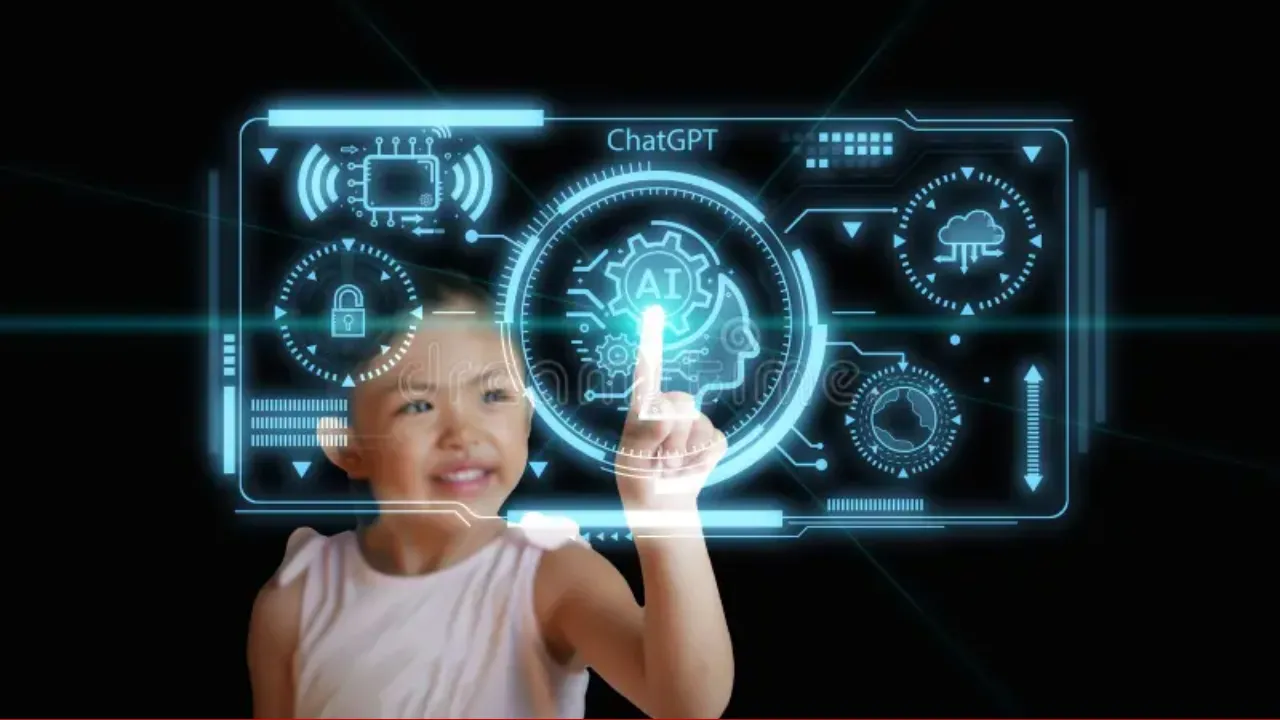Role of AI in Personalized Learning: The rapid evolution of artificial intelligence is creating new possibilities in nearly every field—and education is no exception. One of the most transformative developments in recent years is how AI is reshaping personalized learning. No longer confined to static textbooks or one-size-fits-all lectures, today’s students can now engage with tailored content, real-time feedback, and intelligent virtual assistants that adapt to their learning style.
AI-powered tools like ChatGPT and adaptive learning platforms are playing a central role in this educational revolution. These technologies are not only helping students learn more effectively but also giving educators actionable insights to guide instruction, close gaps, and support learners at every level.
Role of AI in Personalized Learning – ChatGPT and Adaptive Platforms in Focus
The role of AI in personalized learning is rapidly expanding, offering both students and educators smarter, more efficient ways to engage with content. Tools like ChatGPT provide conversational, real-time assistance tailored to a student’s knowledge level and learning pace. Meanwhile, adaptive platforms dynamically adjust the difficulty of tasks and suggest next steps based on individual performance. These AI systems can detect patterns, identify knowledge gaps, and customize resources in a way that static materials or traditional classroom instruction often cannot. As schools and institutions adopt these technologies, they’re seeing improved outcomes, deeper engagement, and more equitable access to personalized education.
Overview Table
| Technology | Purpose | Benefit to Learning |
| ChatGPT | On-demand AI tutor and writing assistant | Real-time, conversational help |
| Adaptive Learning Systems | Customized content delivery | Tailors lessons to individual progress |
| Learning Analytics | Tracks student performance over time | Identifies learning gaps and strengths |
| AI-Powered Assessments | Dynamic quizzes and feedback | Boosts retention with targeted review |
| NLP Tools (Natural Language Processing) | Enhances reading/writing assistance | Supports comprehension and creativity |
ChatGPT: The Always-Available AI Tutor
ChatGPT has emerged as a valuable tool for learners across a wide range of subjects. Whether a student needs help solving a math problem, editing an essay, or understanding a science concept, ChatGPT provides support in real time.
- Accessible at any time, it removes barriers like limited office hours or unavailable tutors.
- Personalized responses ensure that feedback matches the learner’s level of understanding.
- Interactive engagement fosters deeper learning and curiosity.
Unlike static information sources, ChatGPT can adapt its language, offer multiple explanations, and provide examples until the student grasps the concept. This makes it especially useful for remote learning, self-study, and students who may be hesitant to ask questions in a traditional classroom.
Adaptive Learning Platforms and Individualized Instruction
Adaptive learning platforms such as ALEKS, IXL, or Smart Sparrow use machine learning to adjust the instructional pathway based on a learner’s real-time performance. These systems don’t just offer the next chapter—they offer the next best step for the student.
Key features include:
- Real-time assessment that tracks progress with every answer.
- Dynamic difficulty adjustment so students are neither overwhelmed nor under-challenged.
- Remediation tools to revisit weak areas before advancing.
This approach fosters mastery-based learning. Students move forward only when they’ve demonstrated understanding, which is particularly effective in subjects like math and language where concepts build on each other.
Benefits of AI in Learning
The shift toward AI-assisted personalized learning comes with several notable advantages:
- Individual pace: Students can accelerate or slow down based on their own comfort level and comprehension.
- Continuous feedback: AI tools instantly identify errors and suggest corrections, reinforcing learning in the moment.
- Scalability: Teachers can manage larger classrooms while still addressing individual needs with AI support.
- Data-driven decisions: Learning analytics provide teachers with rich insights to inform instruction and interventions.
- Inclusivity: Students with learning difficulties or language barriers benefit from tools that adjust to their specific needs.
Together, these benefits promote engagement, reduce frustration, and create a more supportive environment for lifelong learning.
Practical Applications Across Educational Levels
- Primary and Secondary Education: Adaptive platforms help young learners master foundational skills in literacy and numeracy. ChatGPT can assist with vocabulary, sentence construction, and concept reinforcement.
- Higher Education: University students use AI tools for research support, problem-solving, and essay editing. Professors benefit from platforms that personalize course content for large, diverse student bodies.
- Professional Development: Corporate training programs are adopting AI to deliver personalized upskilling, ensuring employees receive relevant content that matches their job role and progress.
- Special Education: AI supports students with disabilities through assistive technologies like speech-to-text, real-time transcription, and visual learning tools.
Ethical Considerations and Challenges
While AI presents exciting opportunities, it also comes with challenges that must be addressed:
- Data privacy: Collecting student data requires strict safeguards to protect privacy.
- Algorithmic bias: AI systems must be audited regularly to ensure fairness across diverse populations.
- Teacher roles: As automation increases, educators must adapt by focusing on critical thinking, creativity, and emotional intelligence rather than rote instruction.
- Digital divide: Students without consistent internet access or up-to-date devices risk being excluded from these innovations.
A balanced approach—where AI complements rather than replaces human instruction—is key to ensuring ethical and effective implementation.
The Future of Personalized Learning with AI
Looking ahead, AI’s role in personalized education will likely deepen as new tools and integrations emerge. Innovations to watch for include:
- Emotion-detecting AI that adjusts content based on learner frustration or interest.
- Speech-enabled AI tutors that hold voice-based conversations to aid language learners.
- Immersive learning environments combining AI with VR/AR for hands-on, interactive education.
- Predictive learning models that identify at-risk students before they fall behind.
As these technologies become more accessible, the focus will shift from experimenting with AI to fully integrating it into mainstream education strategies.
FAQs
1. How does ChatGPT enhance personalized learning?
ChatGPT serves as a real-time, interactive tutor that adapts to a student’s level, providing explanations, feedback, and guidance across a variety of subjects.
2. What is the difference between traditional learning and adaptive learning platforms?
Traditional learning often follows a fixed path, while adaptive platforms adjust content and difficulty based on each student’s performance, offering a more personalized experience.
3. Are AI-powered tools suitable for all age groups?
Yes. From early education to adult learning, AI tools are designed to cater to different developmental levels and subject areas.
4. Can AI replace teachers in the classroom?
No. AI is a supplement, not a substitute. It handles repetitive tasks and personalization, allowing teachers to focus on deeper instructional and emotional support.
5. What precautions should be taken when using AI in education?
Institutions should ensure data security, monitor AI for bias, provide equitable access, and use AI ethically to enhance—not replace—human interaction.
Final Thought
The role of AI in personalized learning is redefining what education can look like in the 21st century. With tools like ChatGPT and adaptive platforms, learners receive content that’s tailored, timely, and effective. Teachers gain powerful insights, and students enjoy an engaging, supportive path to mastery. As AI continues to evolve, its integration into classrooms, universities, and training programs will only deepen—offering more learners the chance to succeed on their own terms.
Now is the time to explore these tools. Whether you’re an educator, student, or institution, embracing AI-driven learning can transform outcomes and shape a brighter, more inclusive future for education.


